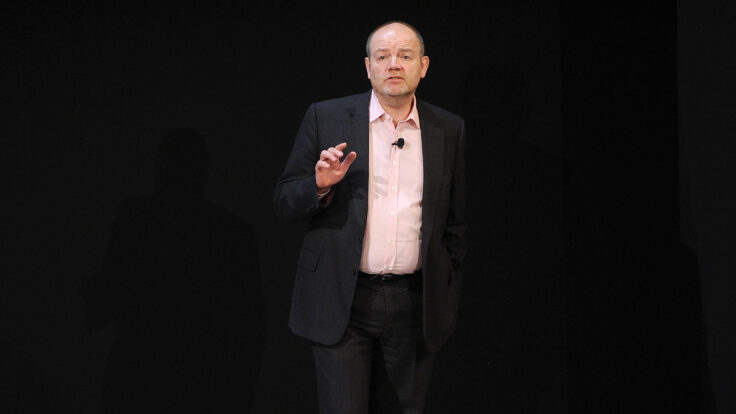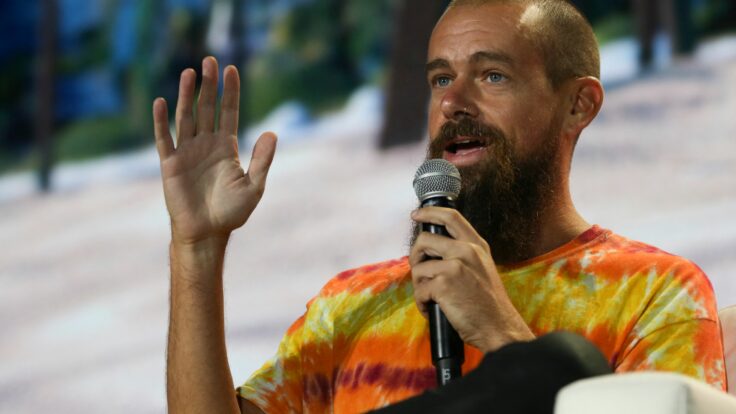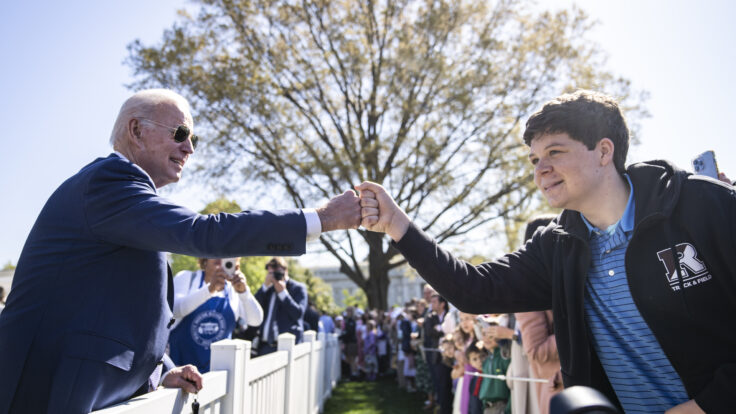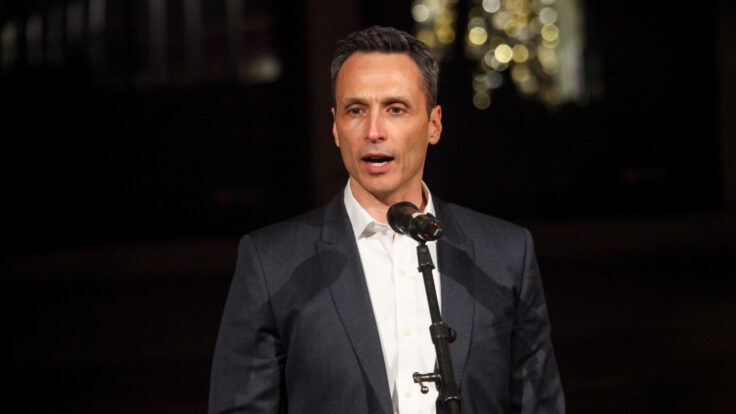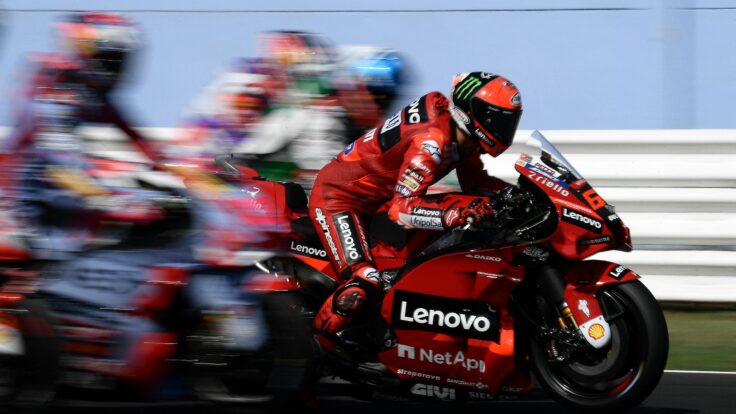|
Good morning,
Thanks for reading The Backstory, a folio of the best work emanating from my partners at Puck, delivered to your inbox every Saturday morning.
It was another fabulous week: Lauren Sherman captured the drama inside the House of Arnault; Matt Belloni extracted Netflix’s engagement secret; Dylan Byers unfurled The Washington Post’s comeback plan; Bill Cohan ran the numbers on some Hollywood creditor-on-creditor violence; John Ourand illuminated the Ballmer sports ownership thesis; Marion Maneker answered the art market’s $1.4 billion question; and Tara Palmeri got the skinny on Ron DeSantis’s redemption tour.
Check out these stories, and others, via the links below. And stick around for the backstory on how it all came together.
|
FASHION:
Lauren Sherman examines the Michael Burke micro-defenestration at LVMH.
and…
Eriq Gardner digs into the Tapestry antitrust mess while Rachel Strugatz assesses Hailey Bieber’s first foray into makeup.
ART WORLD:
Marion Maneker runs the numbers on Warhol, Basquiat, and the art world’s $1.4 billion week.
WALL STREET:
Bill Cohan details the “creditor-on-creditor” violence taking place at Lionsgate.
HOLLYWOOD:
Matt Belloni gets to the bottom of the ScarJo mess and reveals a Netflix secret weapon.
and…
Julia Alexander unspools the Netflix-NFL love story.
and…
Scott Mendelson inspects the Ryan Reynolds kiddie film market.
SILICON VALLEY:
Teddy Schleifer spills more tea on the David Sacks-Chamath-Trump love fest.
and…
Baratunde Thurston predicts the next front in the A.I. wars.
MEDIA:
Dylan Byers offers a talmudic reading of Will Lewis’s new plan for the Post.
and…
John Ourand forecasts the next turn in the Zaz-NBA negotiations.
WASHINGTON:
John Heilemann games out the Trump trial second-order effects.
and…
Tara Palmeri reports on DeSantis’s ’28 revenge fantasy.
and…
Peter Hamby uncovers the Biden electorate’s memory problem and Julia Ioffe explains how it pertains to Israel.
meanwhile…
Tina Nguyen details how Mike Johnson has found himself a safe space on the Hill.
PODCASTS:
Matt and Lucas Shaw delve into Hollywood’s forthcoming comp wars on The Town.
and…
Lauren and Plum Sykes revisit the roaring ’90s on Fashion People.
and…
Tara and Heilemann analyze the Trump trial outcome matrix on Somebody’s Gotta Win.
and…
Peter and Dylan weigh in on Zaz’s NBA antidotes on The Powers That Be. |
| Last month, frenemies Donald Trump and Ron DeSantis finally patched things up at the Shell Bay Club, on the outskirts of Miami. The truce, arranged by real estate mogul and Republican megadonor Steve Witkoff, was a contrived détente of mutual political convenience. For Trump, making nice with DeSanctimonious was a requirement to secure future campaign contributions from Witkoff. For the Florida governor, the ring-kiss was the price of admission back into his own party—and, perhaps, a gateway to a more successful run in ’28.
The recurring knock on DeSantis has always been that he was a donor test tube candidate—a charisma-lite MAGA provocateur who nevertheless knew how to placate the anxieties of the .001 percent, the very same cohort that unsuccessfully attempted to anoint him as the heir to the party a couple years ago. Of course, DeSantis had neither the political instincts nor the operational intelligence to surmount Trump and Trumpism, and his failures were made all the more agonizing by his managerial ineptitude, bewildering insularity, and profligate cash burn. By the end, the Jeff Roe types on his payroll simply couldn’t penetrate the phalanx of Tallahassee advisors who kept whispering bad advice in the candidate’s ear.
Will all this change in four years? Will DeSantis, once he finishes his second term and presumably partakes in the fruits of the private sector, transform himself into a more viable national contender? Probably not: Neither Chris Christie nor Nikki Haley became prodigiously more feasible out of office. Nevertheless, that’s the bet that the Ken Griffen-Witkoff class appears to be making. And it’s the animating idea of my partner Tara Palmeri’s excellent story The Ron Revival, which focuses on the DeSantis long game and the age-old art of donor-class scheming.
Tara’s piece surfaces a perennial theme here at Puck: executive-class Vulcan chess. And it wasn’t the only piece this week that covered the terrain. Bill Cohan’s masterful story Starz Wars focuses on a particularly egregious example of “creditor-on-creditor violence” at Lionsgate, or what happens when financially sophisticated investors re-cut a debt stack in their favor. It’s an example of conniving Wall Street restructuring, featuring former Treasury Secretary Steve Mnuchin, that ensures none of these guys ever eat lunch in Hollywood again.
Similarly, Lauren Sherman’s beguiling Weakened at Bernie’s delves further into the latest LVMH enigma: the sudden sidelining of longtime executive and Arnault lieutenant Michael Burke. And Julia Alexander’s compelling explanation of the latest genre-defining streaming deal—Netflix to the NFL: You Complete Me—shows how this corporate union was lying in plain sight for years.
But if you only have time to read one piece this holiday weekend, I’d turn your attention to Marion Maneker’s scintillating Warhol, Basquiat & A $1.4 Billion Art Question, which deftly describes the head-scratching that is taking place at even the highest levels of the art market. Just like the DeSantis repositioning, it’s a useful reminder that people who have made their fortunes in one industry can’t always predict what will happen in an adjacent one—a note that the AOL billionaire Ted Leonsis, who now owns a portfolio of professional sports teams, sounds in a fascinating conversation with my partner John Ourand, entitled Kings of Leonsis.
This is a common occurrence, and a micro-leitmotif within the work of my partners. But it’s worth recalling as a regiment of ultra-wealthy individuals, largely weaned from tech and finance, increasingly press their imprimatur on our culture. That, in so many ways, is one of the great stories of our time, and it’s precisely what you should expect from Puck.
Happy Memorial Day,
Jon |










